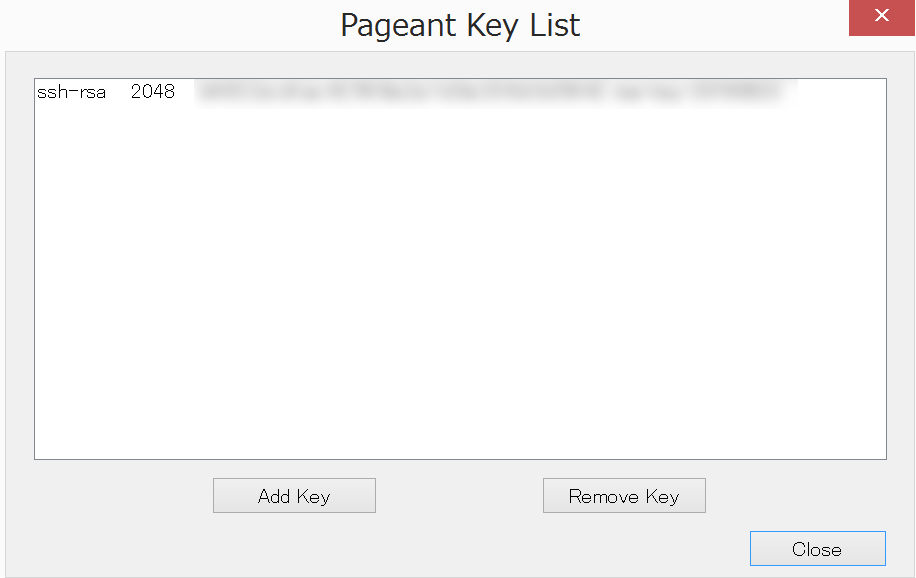
- #SOURCETREE OSX HOW TO#
- #SOURCETREE OSX MAC OS#
- #SOURCETREE OSX CODE#
In the dialog that says “Do you want to allow this page to open SourceTree?”, answer with “yes”. If not already done, login into your GitHub account. If all you want is a safe and quick way to connect SourceTree with GitHub, follow the next steps: This post isn’t about all the benefits and security aspects that come with using your GitHub account via HTTPS, SSL, Personal Access Tokens and what not. Now you’ve cleaned up the “authentication attic” that the Sourcetree app has been stuffing. Store them somewhere safe if you’re not sure they can be removed safely If you remove all the files that have “github” in it from the directory, you make sure that SourceTree won’t use those (wrong) authentication setups. You should see some files with formats like:. If you can’t see the Library subdirectory, turn on “view hidden files” using the following shortcut: Command, Shift and Period keys: cmd + shift + Go to the following location home directory > Library > Application Support > Sourcetree. #SOURCETREE OSX HOW TO#
🧽 Here’s the steps on how to clean your authentication mess: If - like me - you have one GitHub Account and one pair of creds, you’re saving to… go on. The following steps assume you know what you’re doing and you don’t have a gazillion separate GitHub accounts on your machine to access various accounts / and or repos. What if there were files remaining that messed up with my authentication setup?
#SOURCETREE OSX MAC OS#
The Mac OS version of SourceTree saves authentication files on disk. It seemed that whatever I did, the new credentials weren’t picked up. Then I tried reconnecting using a new oAuth account item. I tried removing my GitHub account under Preferences > Accounts, and using a Personal Access Token that I did setup under my Github account’s Token page. If you are setting up a fresh connection from your SourceTree app with your GitHub account, and you never did this before on your current Mac, you can skip this chapter. And I just couldn’t get them working quickly. Whatever I tried or did, Sourcetree kept on barking at me with a nice red commit failed error: That dream was crushed as recently, I couldn’t commit from SourceTree to a GitHub repository I was working on after a sweet bug fixing session for a client’s app.

#SOURCETREE OSX CODE#
Delete the Github authentication files under Home > Library > Application Support > Sourcetreeĭon’t you hate it when you’ve done some very nice programming that implemented that awesome new feature or fixed an annoying bug that caused a crash of your app?Įspecially when it’s late, and you’re like: “let me just commit this version so I can go to bed sleeping like a rose as my code is committed and safe from harm”. This will appear every time we put something into the repository.The fastest way to get GitHub and SourceTree to play nice The first thing that we want to do is to put in our name and email address. These will not be identical between Mac and Windows, but very close. And open up the preferences for SourceTree. And the first thing to do is to open up our preferences. And this is where we create repositories and manage our repositories. So let's go ahead and open SourceTree and you'll notice that we come to this first controlling screen. I believe strongly that the best way to learn Git is by using a visual IDE, such as SourceTree. But if we can't go into that folder, how do we manage source control? And there are two options: one is through Terminal and the other is through a visual IDE. 
It contains everything that we need for source control locally. The important thing to keep in mind about this Git folder, which is typically hidden, is that it is our local repository.






 0 kommentar(er)
0 kommentar(er)
